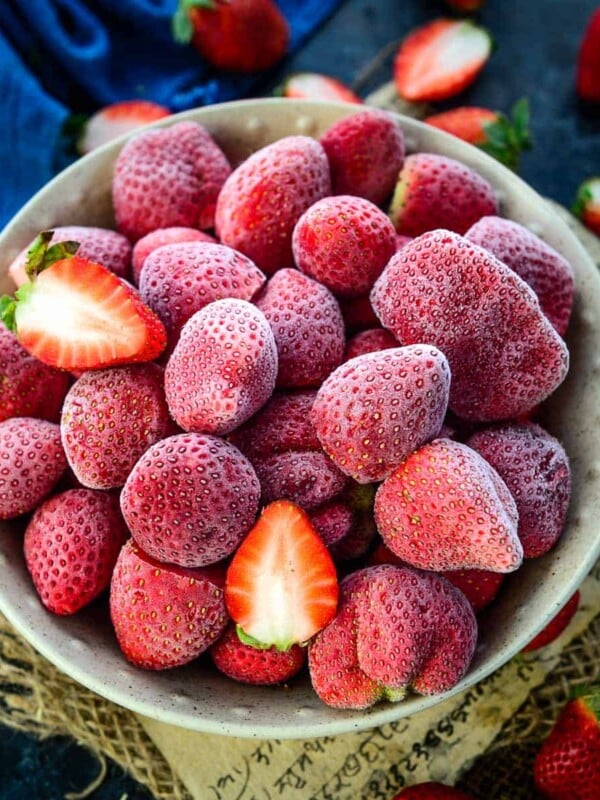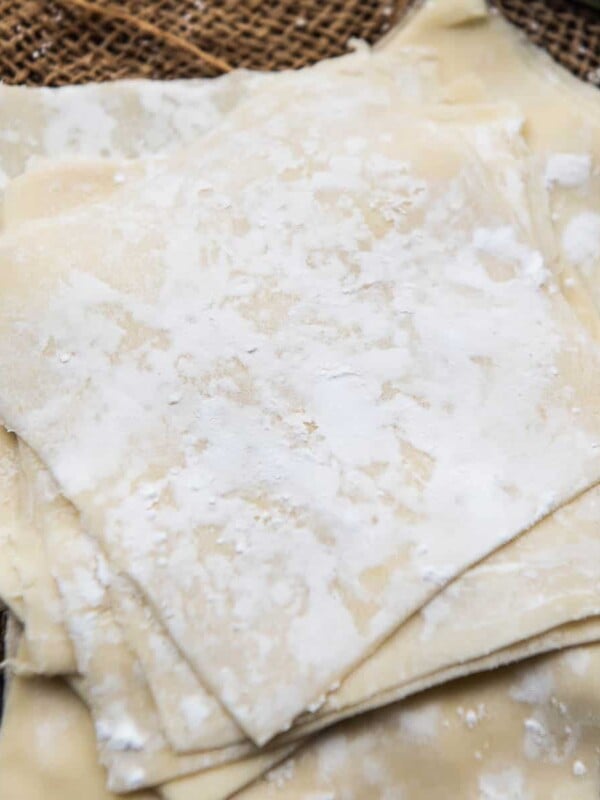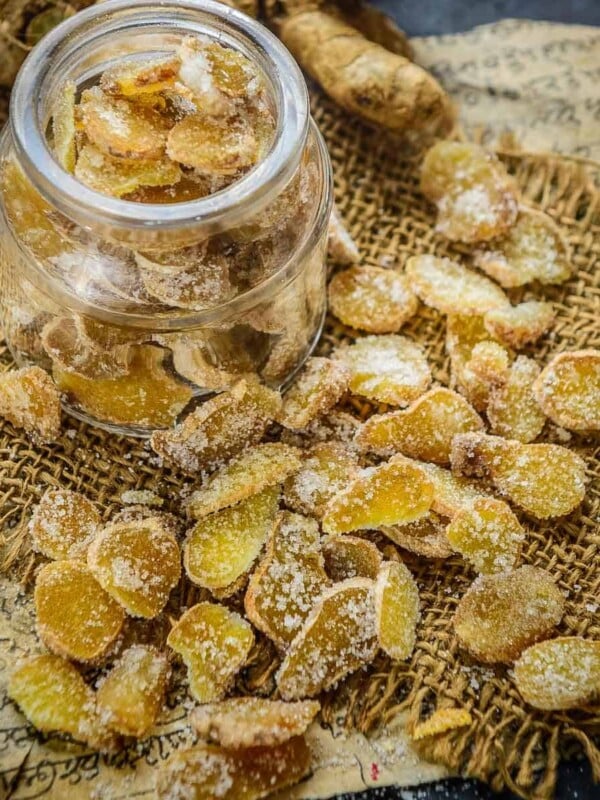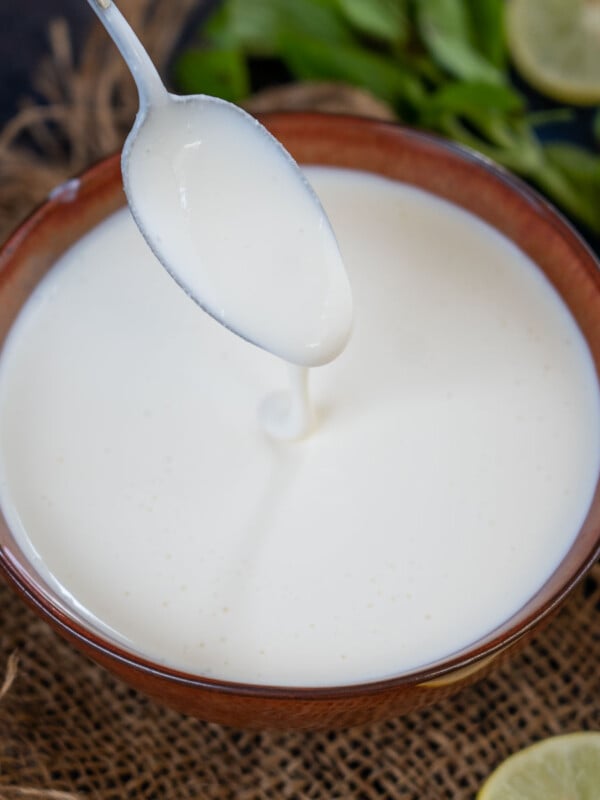on May 19, 2023, Updated Nov 14, 2023 If you like this recipe, try Tahini Paste, Authentic Thai Green Curry Paste, Asian Red Chili Paste, Golden Paste, and Homemade Custard Powder. My kitchen cannot do without fresh ginger. From using it to make Masala Chai for breakfast to making curries for lunch or dinner, I need it all day, every day. While you can prep fresh ginger for every recipe you are making, it makes the workflow quick and easy if it is already prepped. I buy ginger in bulk, make ginger paste, and freeze it in small ice-cube trays. It comes in very handy while making multiple recipes. Now, making the paste is not rocket science, but I just thought I would share my perspective on it. Read along!
About Ginger Paste
Ginger Paste (Ginger Puree) is a popular culinary ingredient made using fresh ginger roots that have been finely ground into a smooth, aromatic paste. It adds a distinctively spicy and pungent flavor to various dishes, including soups, stews, curries, stir-fries, and marinades. Fresh ginger paste is an essential ingredient in Indian and Asian cooking. Although packaged paste is easily available, making it at home has many advantages.
Homemade paste tastes better. It is free of artificial colors and preservatives. Uses high-quality ingredients. It is much more economical than the store-bought one.
Preparing it in advance also saves you much time while cooking everyday meals. This paste can be stored in the refrigerator for a week and in the freezer for about three months.
Storage Suggestions
You can store ginger paste in an airtight container in the refrigerator for up to a week. Indian ginger is much more flavorful than the one in American grocery stores. For the best taste and flavor of your homemade adrak paste, try to source it from Indian grocery stores. Oil – Use any neutral flavored oil of your choice. Sunflower oil, canola oil, light olive oil, etc work great. Note – If you plan to use this paste to make tea, lemonade, smoothies, or desserts, replace the oil with water. I mostly make two versions—one with oil and one with water. Peel the ginger using a teaspoon, vegetable peeler, or butter knife (Hold the ginger root in one hand and use the round edge of a teaspoon to scrape away the thin skin). Cut the peeled ginger into small round pieces and add them to a blender or food processor. Note – If your blender is not highly powdered, blend the ginger in batches. Transfer the paste to a nonreactive, airtight glass container and use as desired. You can also freeze it. I personally like to freeze it in ice cube trays. Once frozen, transfer the cubes to a ziplock bag and store them for up to 3 months. This way, I can take out one cube, thaw it, and use it in my recipes.
How to Freeze Strawberries
Wonton Wrappers
Ginger Candy (Crystallized Ginger)
Sour Cream










